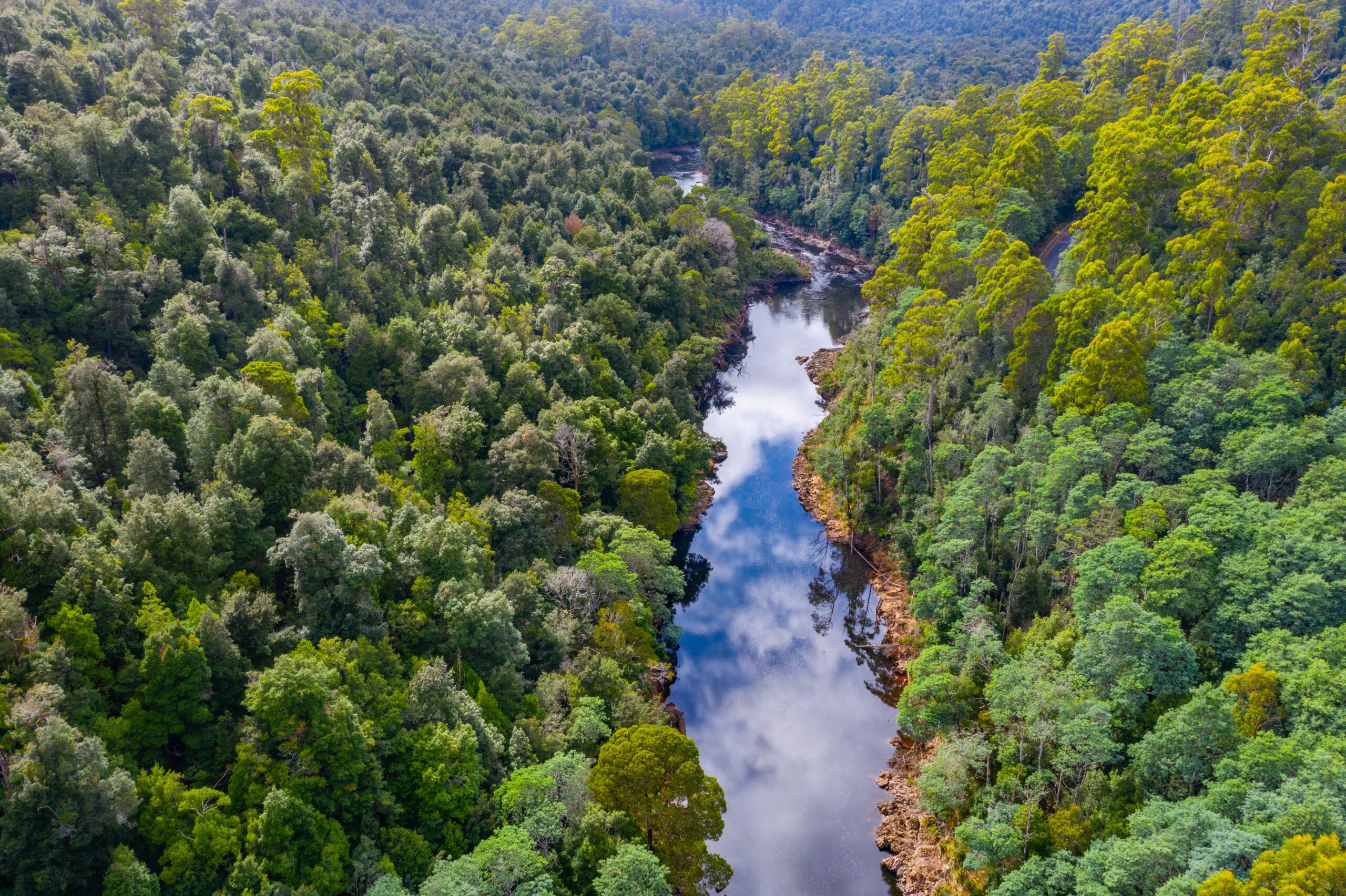Project start date: 01/01/2023
Project end date: 31/03/2024
NESP funding: $130,000 (GST-exclusive)
Australia has committed to protecting 30% of its lands and seas by 2030 – the ‘30-by-30’ target of the Kunming-Montreal Global Biodiversity Framework – with an emphasis on protecting areas important for biodiversity. But how do we know which areas are important for biodiversity?
There are several ways of identifying and defining important areas. This project is evaluating these methods to determine which is the most effective and will demonstrate how these methods can identify areas important for biodiversity.

Areas important for biodiversity are a priority for protection. Image: dudlajzov/Adobe Stock.
This project is assessing a range of available methods for identifying and defining areas in Australia that are important for biodiversity and determining how they align with proposed international indicators of the 30-by-30 target. To demonstrate how particular methods and existing data may deliver on policy needs, we will also deliver an example of how areas important for biodiversity can be identified using prioritisation methods with existing biodiversity data. This synthesis will help choose a final national approach and show how these areas important for biodiversity fit with other federal and state policies.
Key research areas
To address these challenges and deliver on these knowledge needs, this project is:
Project leader
The project is being led by Associate Professor Vanessa Adams of the University of Tasmania and Professor Kerrie Wilson of QUT. This project will contribute to 2 cross-cutting initiatives:
Contact
For further information, contact vm.adams@utas.edu.au, kerrie.wilson@qut.edu.au or nesplandscapes@uwa.edu.au.
Research users
People